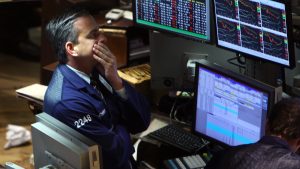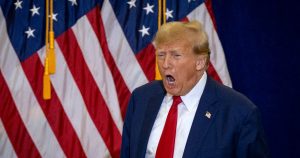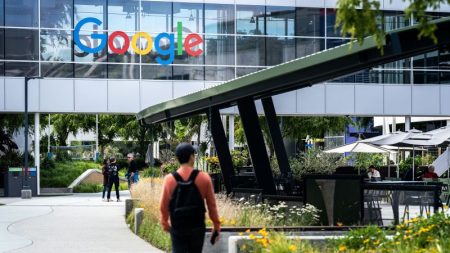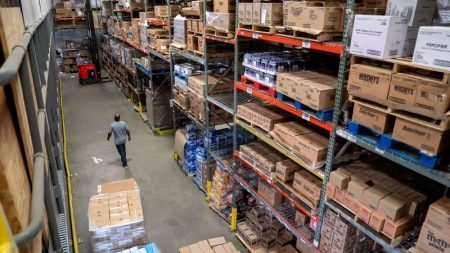For the past 50 years, the US unemployment rate has typically been above 4%, but during the pandemic, it dropped below this threshold and has stayed there for over two years. However, this streak may come to an end with the release of the March jobs report by the Bureau of Labor Statistics. The unemployment rate in February was close to reaching 4% at 3.9%, and economists predict it could hit 4% in March, which would be significant symbolically.
The February jobs report surprised economists, with employers adding 275,000 jobs instead of the predicted 200,000. However, the initial estimates for previous months have been revised downward, indicating potential volatility in the job market. Federal Reserve officials are closely monitoring wage growth, as it can impact overall prices if consumers have more money to spend. While wage growth slowed slightly in February, economists expect this trend to continue in March.
Layoff activity has not spiked significantly, according to recent data, with some industries cutting more jobs this year compared to last. The number of job cuts announced by US-based firms increased slightly last month, but overall layoffs are down 5% compared to the first quarter of the previous year. Companies seem to be adopting a ‘do more with less’ approach, possibly due to technological advancements in certain industries.
The latest weekly jobless claims showed an increase in initial applications for unemployment benefits but a decrease in the number of people collecting benefits. Economists have varying predictions for the March unemployment rate, with some expecting it to fall to 3.8%. The unemployment rate is a measure of unemployed individuals as a percentage of the labor force, and it can increase for various reasons, including changes in the number of employed and unemployed individuals.
The rise in the unemployment rate is not necessarily a negative indicator for the economy, but a significant increase combined with a slowdown in job gains could signal a softening economy. Labor economists suggest that a rising unemployment rate may indicate a loss of leverage for workers in the labor market, leading to potential cost savings for employers. Despite improvements in worker leverage in recent years, the current trend suggests a shift in the labor market dynamics.
While economists anticipated the unemployment rate to reach 4% following Federal Reserve interest rate hikes, external factors such as government stimulus measures and labor hoarding practices have kept it lower than expected. However, the labor market is showing signs of cooling, with the unemployment rate increasing from its post-pandemic low and a slowdown in monthly job gains. Layoffs are also on the rise according to recent data, indicating potential shifts in the job market landscape.














